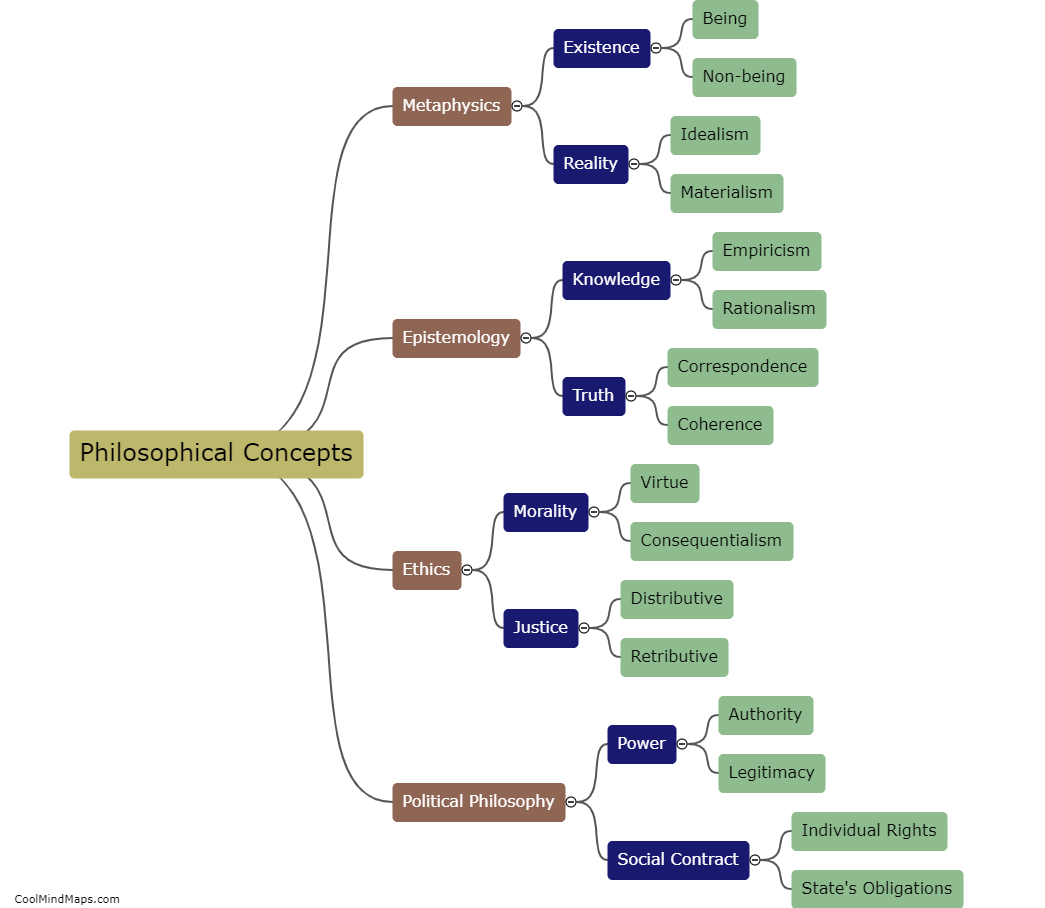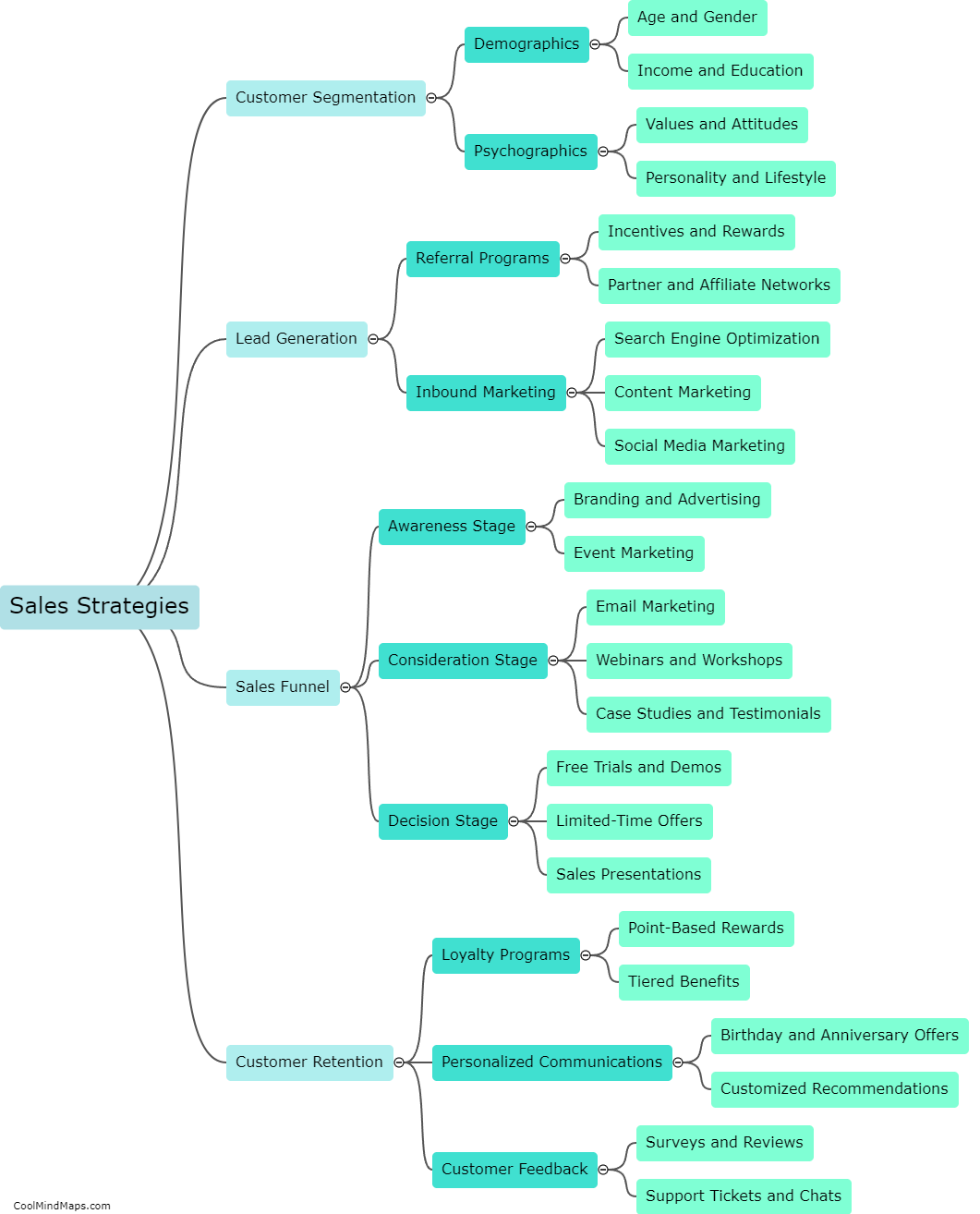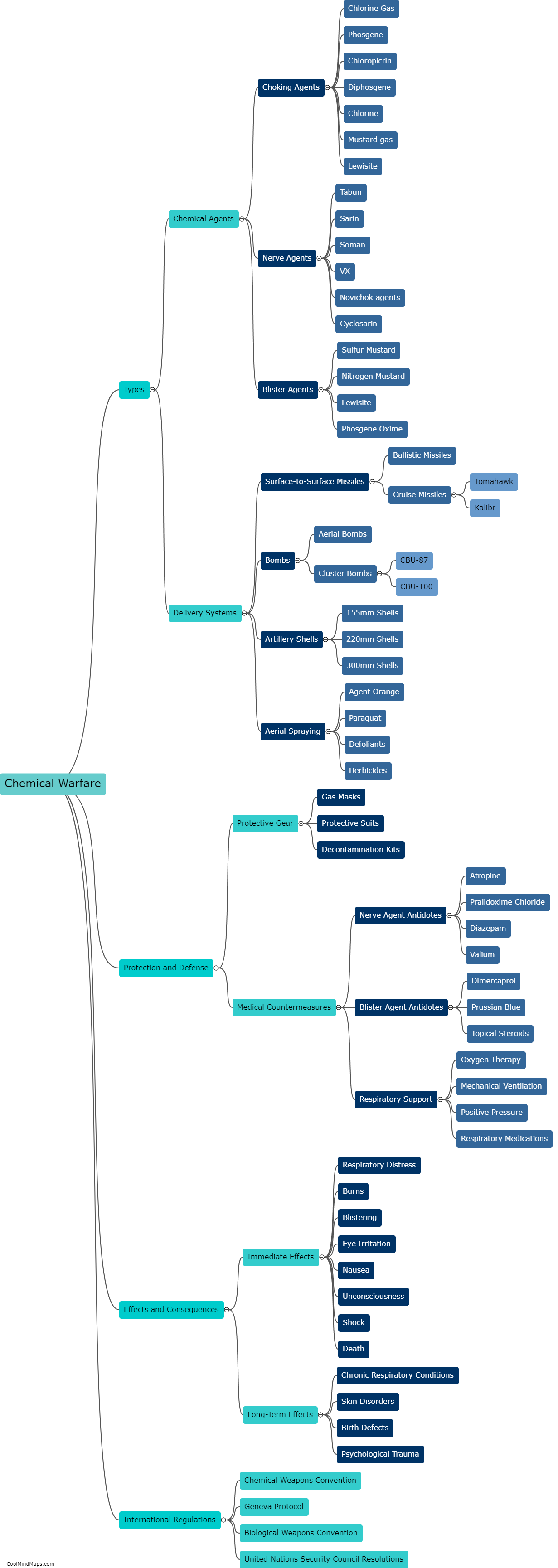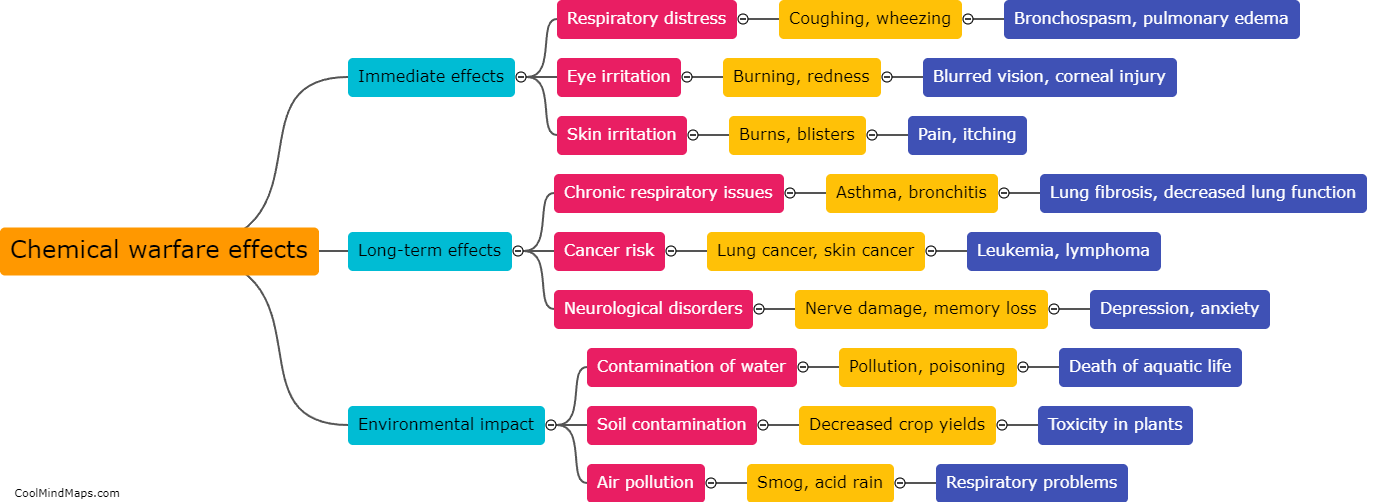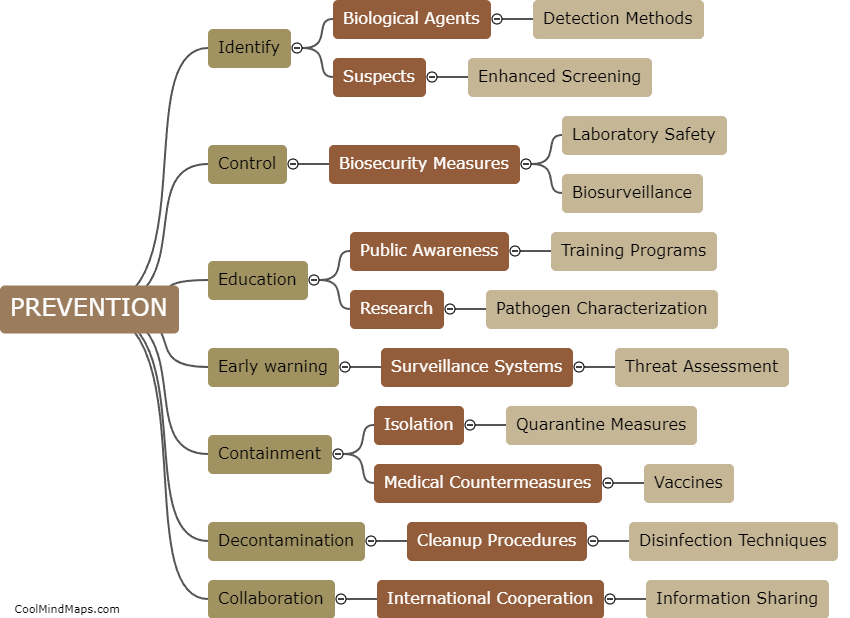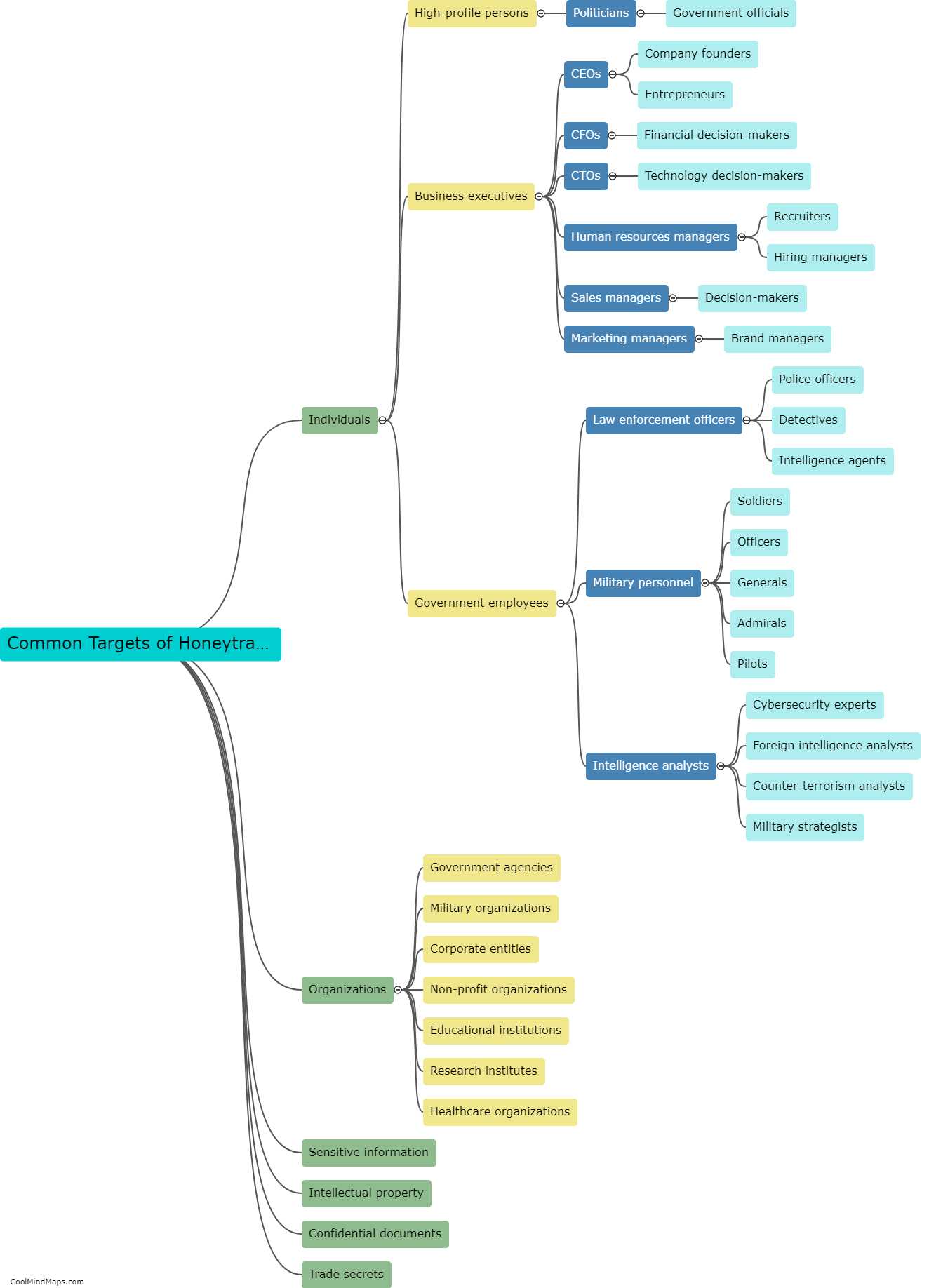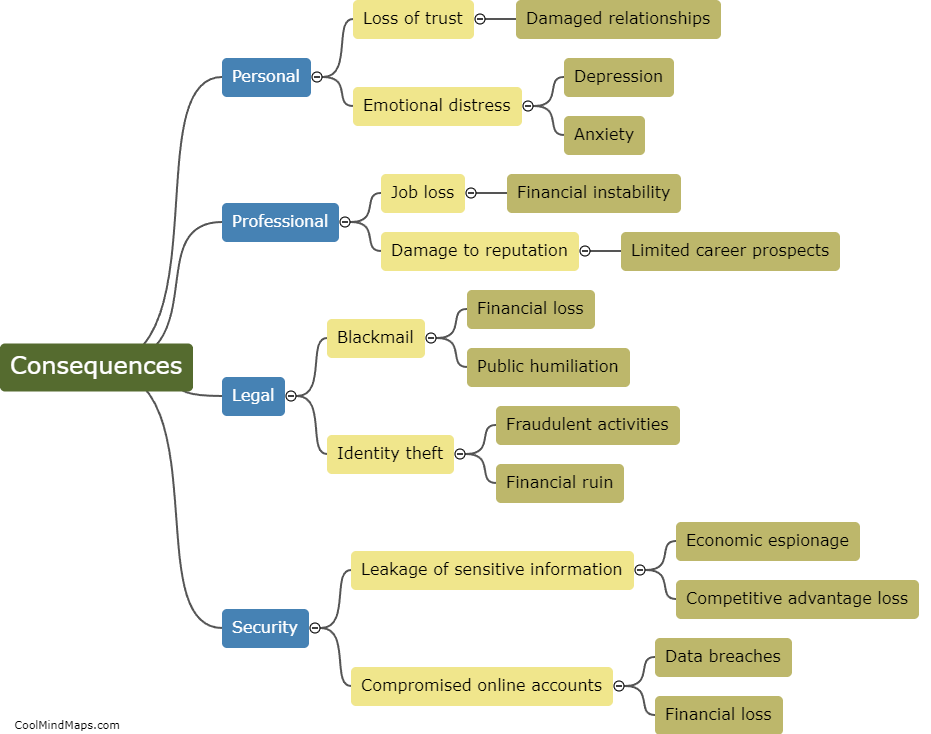What are the historical examples of biological warfare?
Throughout history, there have been various instances of biological warfare. One of the earliest known examples dates back to the 6th century BC when Scythians, an ancient nomadic people, poisoned the water supply of their enemies by using venomous snakes. Moving forward to the Middle Ages, during sieges, adversaries would catapult the carcasses of animals infected with diseases, such as bubonic plague, over the walls of besieged cities to spread the infection among the population. Another notable example occurred during the 18th century when British forces distributed blankets contaminated with smallpox to Native American tribes in an attempt to weaken them. In more recent times, during World War II, Japan's infamous Unit 731 carried out horrific experiments on humans by infecting them with deadly diseases, making it one of the most extreme cases of biological warfare in history. These historical instances shed light on the dark side of human nature and the devastating consequences of using biological agents as weapons.

This mind map was published on 12 December 2023 and has been viewed 92 times.
